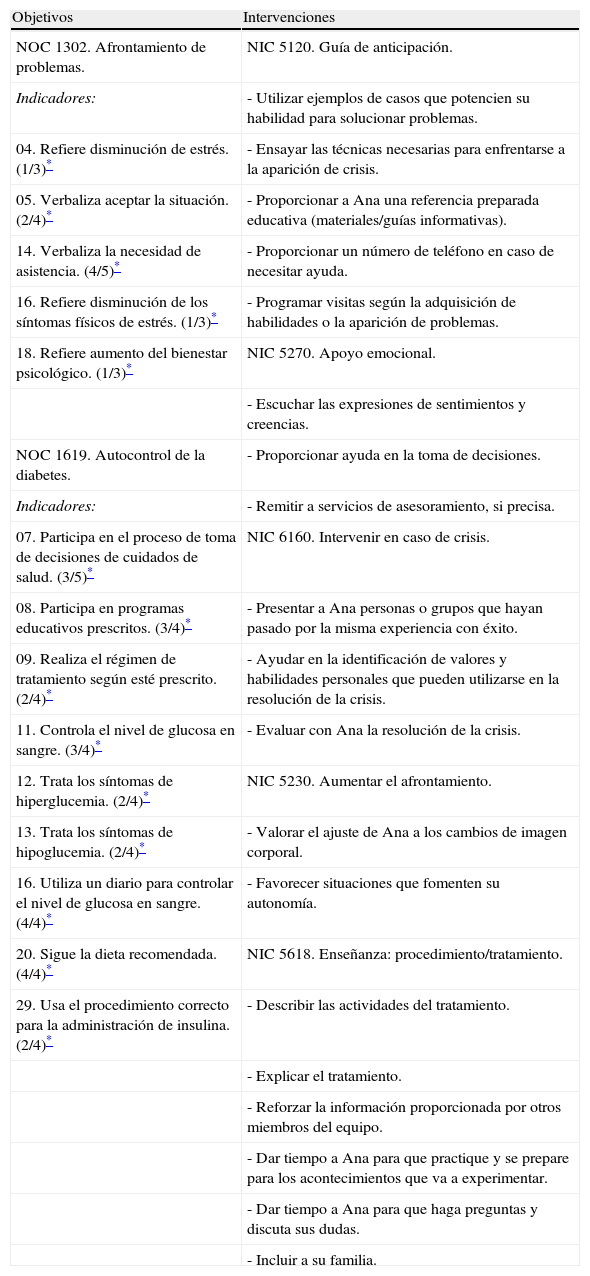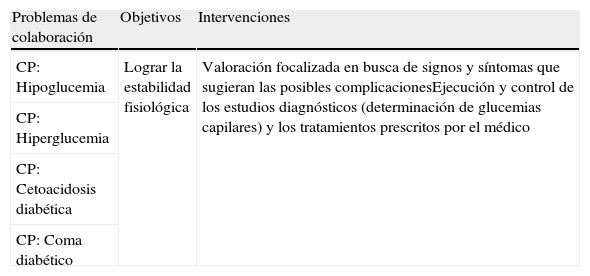Las bombas de insulina son unos dispositivos que infunden la insulina de forma similar a la secreción pancreática, continuamente y con infinidad de posibilidades para adaptarse a horarios, comidas y actividad física, otorgando a los diabéticos la posibilidad de llevar una vida con muchas menos ataduras debido a su enfermedad. Además de la libertad que les proporciona, esta terapia permite un control más exacto de las glucemias, mejorando notablemente el autocontrol general y con ello la calidad de vida de estas personas, reduciendo la aparición de complicaciones a largo plazo. Aunque todos los diabéticos reciben a lo largo de su enfermedad infinidad de pautas y recomendaciones para un óptimo control, los pacientes incluidos en este protocolo tienen que estar especialmente concienciados e implicados en su autocontrol, ya que el tratamiento les exige una gran implicación, tanto para aprender a utilizar el dispositivo como para tomar decisiones una vez se está utilizando.Se presenta el caso clínico de una paciente diabética tipo 1 de 21 años de evolución, durante un día de ingreso en el hospital para llevar a cabo la implantación de un infusor continuo de insulina subcutánea (bomba de insulina).Para ello, elaboramos el plan de cuidados de la paciente siguiendo los pasos del método científico y apoyándonos en la taxonomía NANDA, así como en la NOC y NIC para delimitar objetivos e intervenciones enfermeras, respectivamente.
Insulin pumps are devices that inject insulin continuously into the body in a similar way to the pancreatic secretion, and with endless possibilities to adjust schedules, meals and physical activities, giving diabetics the chance to lead a life with many less restraints due to their illness.
Besides giving them this freedom, the therapy allows more precise control of blood glucose, significantly improving the overall self-control and thus the quality of life of the diabetics, reducing the appearance of long-term complications. Although all diabetics receive many guidelines and recommendations for optimal control throughout their illness patients included in this protocol must be especially aware and involved in self-control, since the treatment demands more involvement both when learning to use the device as well as making decisions once they are using it.
We present the case of a type 1 diabetic patient, twenty-one years of onset, who while admitted to hospital for a day, had a continuous subcutaneous insulin infusion pump implanted (insulin pump).
To this end, we developed a patient care plan of patient following the steps of scientific method and relying on the NANDA taxonomy and on the NOC and NIC to design goals and nursing interventions, respectively.
Artículo
Comprando el artículo el PDF del mismo podrá ser descargado
Precio 19,34 €
Comprar ahora








